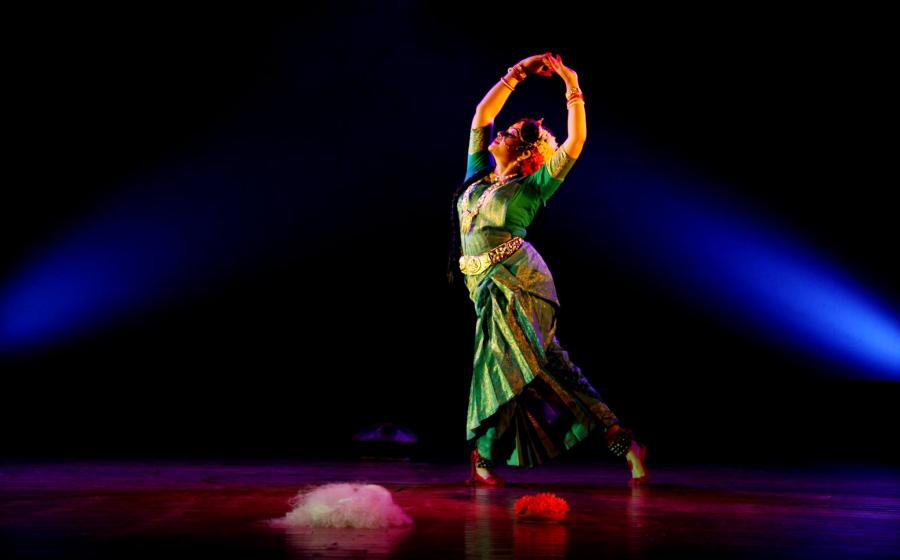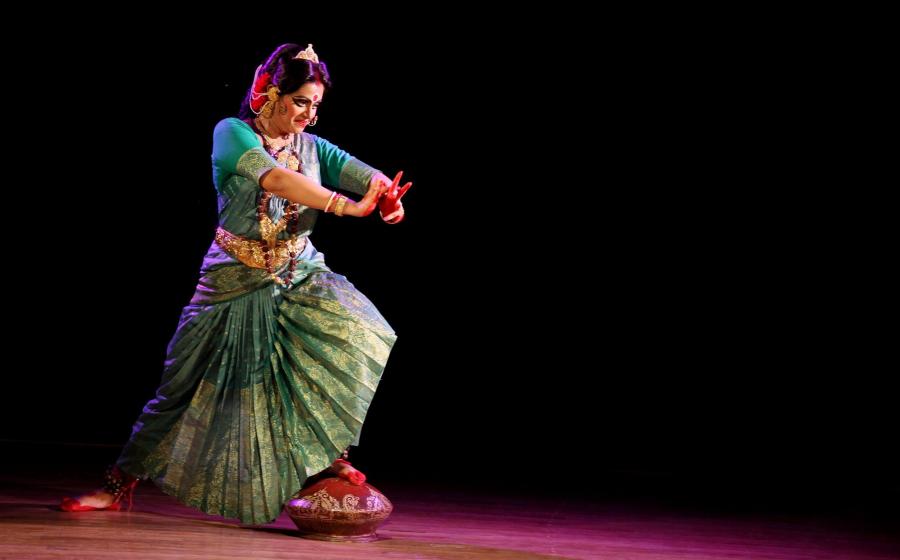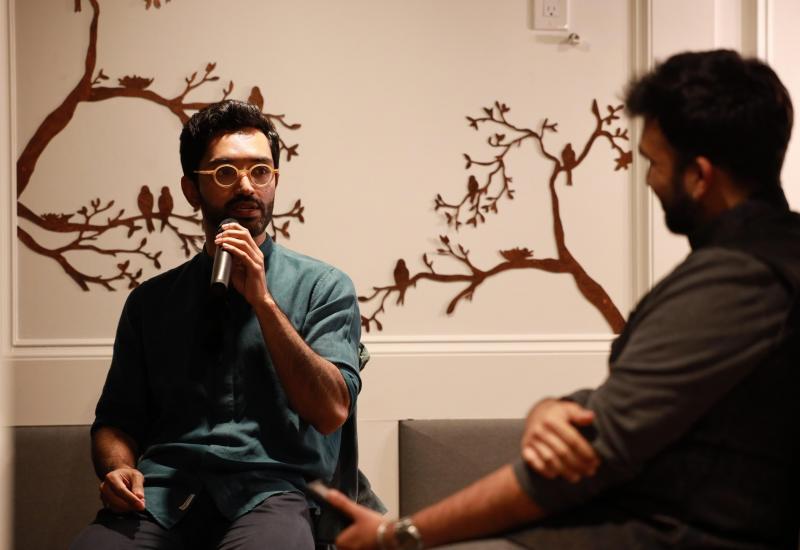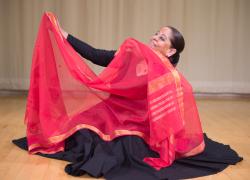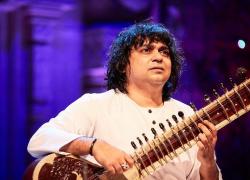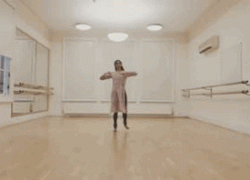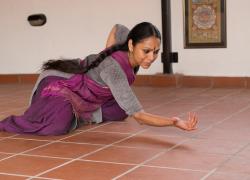Rachel Perris- exponent of Gaudiya Nritya
‘When dancing, I feel connected to the Supreme power-the stage is my mandir’
‘I am a Christian, living in a Muslim country, performing a Hindu dance’. This neatly sums up the reality for Rachel Perris, Gaudiya Nritya artist. Rachel is in the UK to perform for the Hemantika Festival produced by Sujata Banerjee Dance Company, so I’m able to meet her and to find out more about this dance form and how she became its primary exponent in Bangladesh.
Rachel Perris was born in Dhaka and loved to dance. From the age of three she began to learn a variety of styles – bharatanatyam, odissi and kathak, from different teachers. Dance classes and rehearsals often came in the way of Sunday mass, but fortunately her mother was steadfast in support of her daughter’s ambitions. Fast forward to ninth standard aged fifteen when Rachel saw the performance by a visiting company from Kolkata. It was Mahua Mukherjee with her troupe performing ‘Gaudiya Nritya’. This Bengali classical dance originated in Gaur, Bengal, the ancient capital of the region. The larger Bengal (pre-colonial division) which includes Bangladesh was originally one region sharing a common language and culture. Gaudiya Nritya is a composite art form: a unique combination of music, history, poetry, literature, drama and rhythm. The fact that there could be a classical dance using her own mother tongue deeply moved the young dancer and sowed a seed which would flower with time.
In 2007 Rachel got a scholarship from the ICCR (Indian Council for Cultural Relations) to study dance at the Rabindra Bharati University in Kolkata. She did her Masters in bharatanatyam, but alongside learned Gaudiya Nritya under Dr Mahua Mukherjee. As her chosen dance form did not feature on the University syllabus, she had to learn it off campus; but as an academic study she was able to do her MPhil on Gaudiya Nritya following her Master’s degree.
Now let’s delve into the form and its reconstruction by the scholar and researcher Dr Mahua Mukherjee of Rabindra Bharati University. A video clip of Rachel demonstrating the form shows that the style has a deep-seated position with a wide turnout of the knees; the tri-bhang is also prominent, and body movements have a fluidity in common with odissi. The striking difference is that along with the torso movement, there is also rotation or side to side movement of the hips, giving the form greater physical freedom.
The east of India, namely the current states of Bengal, Odisha, Assam and Manipur, each has over the last seventy years laid a claim to a unique style of dance. Manipuri has the longest lineage in modern times, since the 18th Century; odissi since the mid 1950’s; and sattriya from Assam was recognised by Sangeet Natak Akademi in 2000. It is perfectly understandable that Bengal would have its own classical style. The person who has researched and identified a unique Bengali identity is Dr Mahua Mukherjee. She has based her research on literature, sculpture, the study of tablets and bronzes, and through observation of folk dances and dance dramas based on mythological stories. The sculptures in the temples of Ananata Vasudev and in Bishnupur 1600-1800 reference dance postures.
The references in literature refer back to the 7th and 8th Centuries in a text known as the Charyapada, a mystical collection of Buddhist poems in the Vajrayana tradition of Buddhism. The text had several references to the central role of music and dance within ritual worship. It mentioned specifically the life of the Buddha being narrated through song and dance. In the 19th century the Charyapada was amalgamated into one book by Hariprasad Shastri after he chanced upon palm leaf manuscripts of the text at the Nepal Royal Court Library. This tradition continued through later periods of Hindu revival, both in the worship of Vishnu in his form of Krishna, such as by Shri Chaitanya Mahaprabhu in the 16th Century (whose followers form the modern day Hare-Krishna movement), and in Shiva-Shakti. The worship of Shakti (female power) is widespread in Bengal and this provides a lively source of the mythological stories around which dances are based.
When I ask Rachel how her form of dance is received in Bangladesh, she says that it is hard, and that finding performing opportunities is a struggle. Despite that, it is a testament to the artist’s determination that she joined the Department of Dance at University of Dhaka, starting as a part-time lecturer in 2015, and has risen to the post of Assistant Professor. Furthermore, Rachel is one of the contributors to the Arts and Culture component of the school syllabus being drawn up by the Education Ministry in Bangladesh.
Rachel is drawn to strong female characters – to Chandi, the fierce form of Durga, celebrated in the poem ‘Devi Mahatmya’ which describes the fight of the goddess against the asuras. On Sunday 19 November at Bhavan London, Rachel will flesh out these extraordinary female characters demonstrating the dramatic power of this dance-theatre form. We eagerly await the performance.
Rachel Perris will also be leading a Masterclass in Gaudiya Nritya at Shishukunj on Saturday 3-5 pm. Bookings

